3D and VR Software Enhancing Retail Assortment Planning
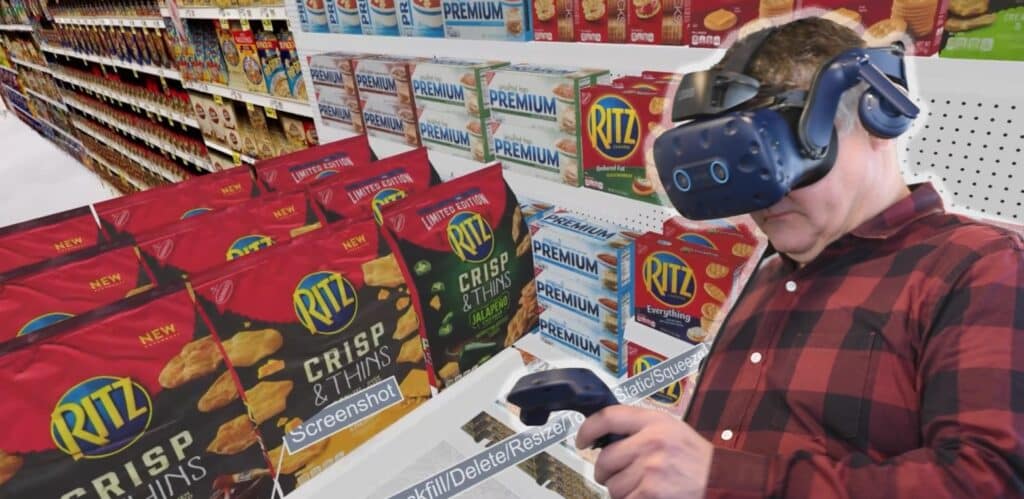
As inflation challenges persist, brands and retailers are leveraging virtual reality technology for cost-effective merchandise assortment planning that helps reduce planning overhead and improve store level compliance that drives conversion.
In the ever-evolving retail landscape, staying ahead of trends in product categories and consumer behaviors is critical for success. As we navigate through 2024, retailers are facing significant challenges, from elevated service inflation and high rents to a decline in impulse purchasing and the rise of private label brands. Despite these complexities, emerging technologies in 3D and virtual reality offer revolutionary assortment planning tools. Providing innovative solutions to navigate and overcome these retail operations challenges.
These advanced technologies are addressing some of the toughest and most time-consuming challenges in merchandising. With 3D and VR solutions, retailers can create store-specific, space-aware planograms that are not only highly productive but also easier to update and more aligned with supply chain dynamics. Imagine visualizing and optimizing entire store layouts in a virtual environment before any physical changes are made. This capability allows retailers to experiment with different product placements, track consumer interactions in a simulated space, and make data-driven decisions that enhance the shopping experience.
3D Assortment Planning Software
Assortment planning in retail relies on a variety of software and tools to facilitate the process effectively. Category teams often utilize visualization tools such as 3D and VR technology play a crucial role in assortment planning by providing realistic simulations of store layouts and product displays. These tools allow category teams to visualize their assortment ideas in a virtual environment, making it easier to assess the visual impact and optimize space allocation.
3D assortment planning software is a cutting-edge solution that enables retailers to enhance their assortment planning process by leveraging 3D visualization and advanced analytics. This software provides a virtual environment where users can meticulously design, evaluate, and optimize their product assortments and store layouts, leading to more effective decision-making and improved customer experiences.
A few key advantages to assortment planning in 3D using VR include:
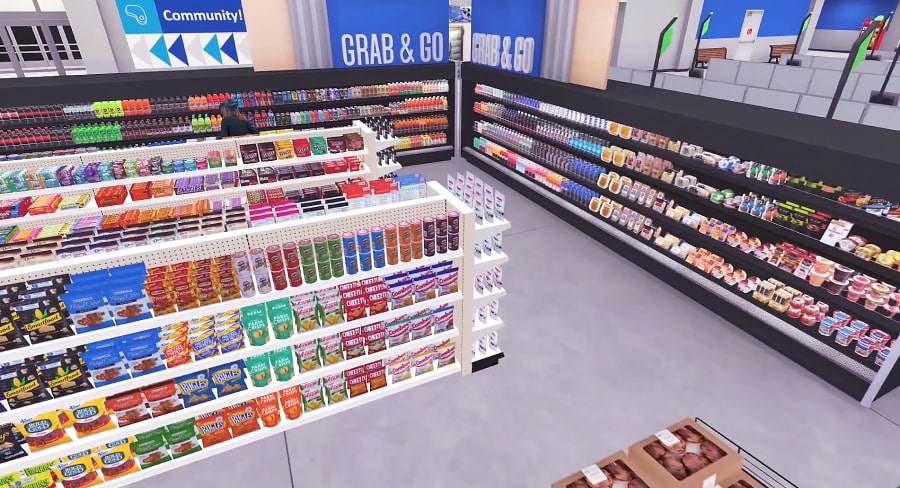
Virtual Store Simulations
VR allows retailers to create virtual simulations of store layouts. Assortment planners can use these simulations to visualize how different product assortments will look on shelves, end caps, and other display areas. This helps in understanding the flow of customer traffic and optimizing product placements for maximum visibility and sales.
Cost-Effective Digital Prototyping
Traditionally, physical product prototypes and mock-ups of store displays or layouts are costly and time-consuming. VR allows for rapid prototyping and changes without the need for physical materials. This reduces costs and speeds up the assortment planning process, enabling quicker adjustments based on testing and feedback.
Improved Team Collaboration in Virtual Spaces
Assortment planning often involves multiple stakeholders, including merchandisers, buyers, and marketing teams. VR enables these teams to collaborate in a virtual environment, regardless of their physical locations. Teams can hold virtual meetings within the simulated store, discuss product placements, and make collective decisions in real-time.
Enhanced Insights from VR Research
Once the assortment plan is developed, category teams collaborate with market researchers to test these solutions. This testing phase may involve conducting focus groups, surveys, or observational studies to gather feedback from target customers. Researchers evaluate customer reactions, preferences, and purchasing behavior to validate the assortment plan and identify any areas for improvement.
VR research is a superior method for shopper research, offering unmatched cost-effectiveness and delivering superior insights compared to traditional alternatives. By immersing participants in virtual environments, VR provides a realistic and controlled setting for studying consumer behavior without the logistical and financial constraints of physical setups. This innovative approach allows for in-depth analysis of customer interactions, including detailed tracking of eye movements, navigation patterns, and purchase decisions. Unlike traditional methods, VR research captures nuanced insights that translate into actionable strategies for optimizing assortment planning and enhancing the overall shopping experience.
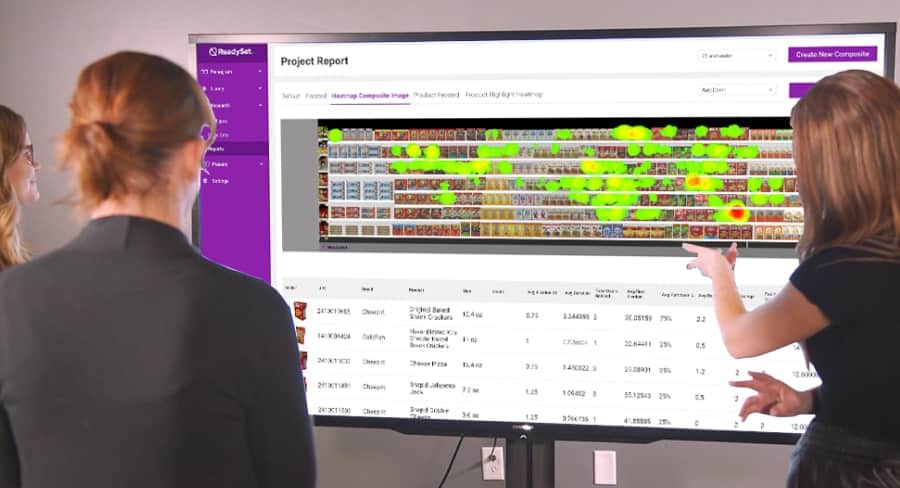
VR Assortment Planning Analytics
While many companies rely on market trends to inform their assortment decisions, these insights are often months behind current consumer behaviors. One significant advantage of virtual reality product assortment planning is the ability to conduct predictive analysis on assortments in real time.
Through virtual reality shopper research, brands can acquire valuable metrics such as time spent in specific areas, product interactions, and navigation patterns. These insights enable assortment planners to determine which products are attracting attention and which ones may need repositioning or promotional support. Allowing them to curate the ideal assortment strategy and product mix that increases sales and maximizes profit at the shelves.
Purchases
These virtual studies involve respondents navigating a digital store shelf and making purchase decisions, which are tracked to collect product sales data. At the end of the studies, all product purchases are displayed to highlight conversion rates.
Customer Behavior
During the shopper study, eye tracking within VR headsets collects insights into consumer visual attention data, including average fixation count, attention duration, purchase percentage, number of revisits, and more. This information enables researchers to understand what captures shoppers' attention, how long they focus on it, how many take a second look, and how many ultimately make a purchase.
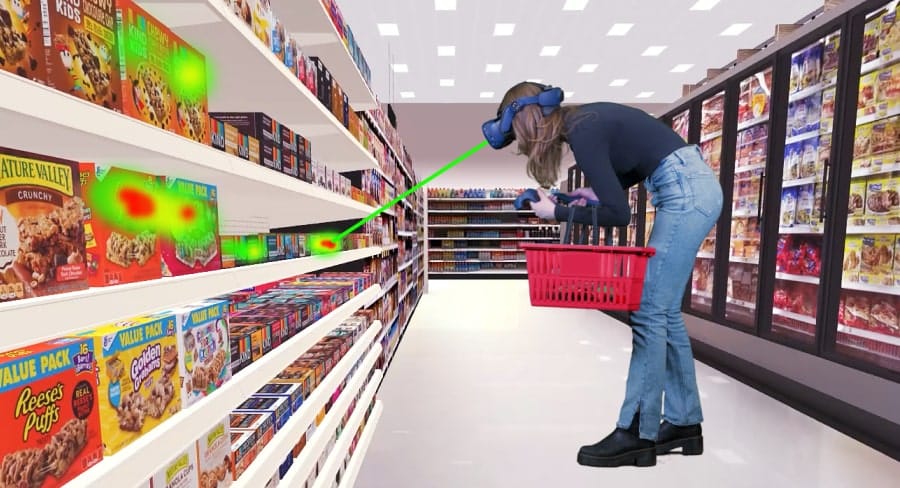
VR Assortment Planning Example
In a case study focusing on grocery aisle reinvention, a CPG brand employed VR technology to redefine product categories within a major US retailer's store. Utilizing ReadySet VR, two prominent design concepts were developed alongside the current layout, all within virtual environments for consumer testing. The shopper study respondents were evaluated using metrics such as eye tracking, dwell time, path tracking, and conversion rates.
This comprehensive analysis allowed the CPG to compare the performance of the design options against the current state, yielding crucial data for developing ROI calculations and building a compelling business case for advancing the project with their retail partner. Additionally, the analysis identified certain items within the winning concept that could be removed, unlocking a cost-saving opportunity of $370K for in-store implementation.
Subscribe to our newsletter
Get our blogs and the latest retail news delivered to your inbox monthly.
Recent Posts
Pharmacy Merchandising Tech: 5 Powerful Ways to Boost OTC Sales
Here’s a staggering fact: Americans now buy over-the-counter (OTC) products 26 times a year-that’s 8x more often than they visit the doctor. With the OTC market exploding from 42 billion to 70 billion by 2033, the race is on for shelf space in 750,000+ stores. But here’s the problem, 44% of shoppers discover over-the-counter products…
How to Use 3D VR for Smarter Store Layout and Design
Explore how VR is revolutionizing grocery store layout and design planning by offering enhanced blueprint visualization in immersive 3D environments. Grocery store layout strategy is essential for establishing a positive and productive customer experience. A thoughtfully designed layout not only improves convenience but also fosters a sense of discovery, leading to longer, more enjoyable shopping…
Sauce & Condiment Sales Heat Up as New Tech Helps Out
Young Millennials and Gen Z consumers have fueled a boom in hot sauce trends and condiment sales. This surge is pushing leading brands and retailers to elevate their game with smarter virtual product innovation and assortment optimization. The condiment and hot sauce industry is thriving in 2024, driven by evolving consumer tastes and the growing…

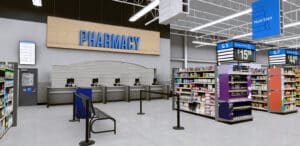
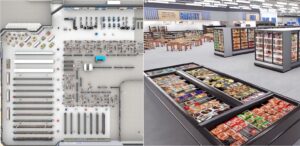
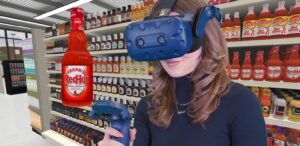
[…] reality revolutionizes retail market research by allowing experimentation with shelving and assortment layouts in a dynamic and interactive 3D environment. With VR, category managers can create and modify […]